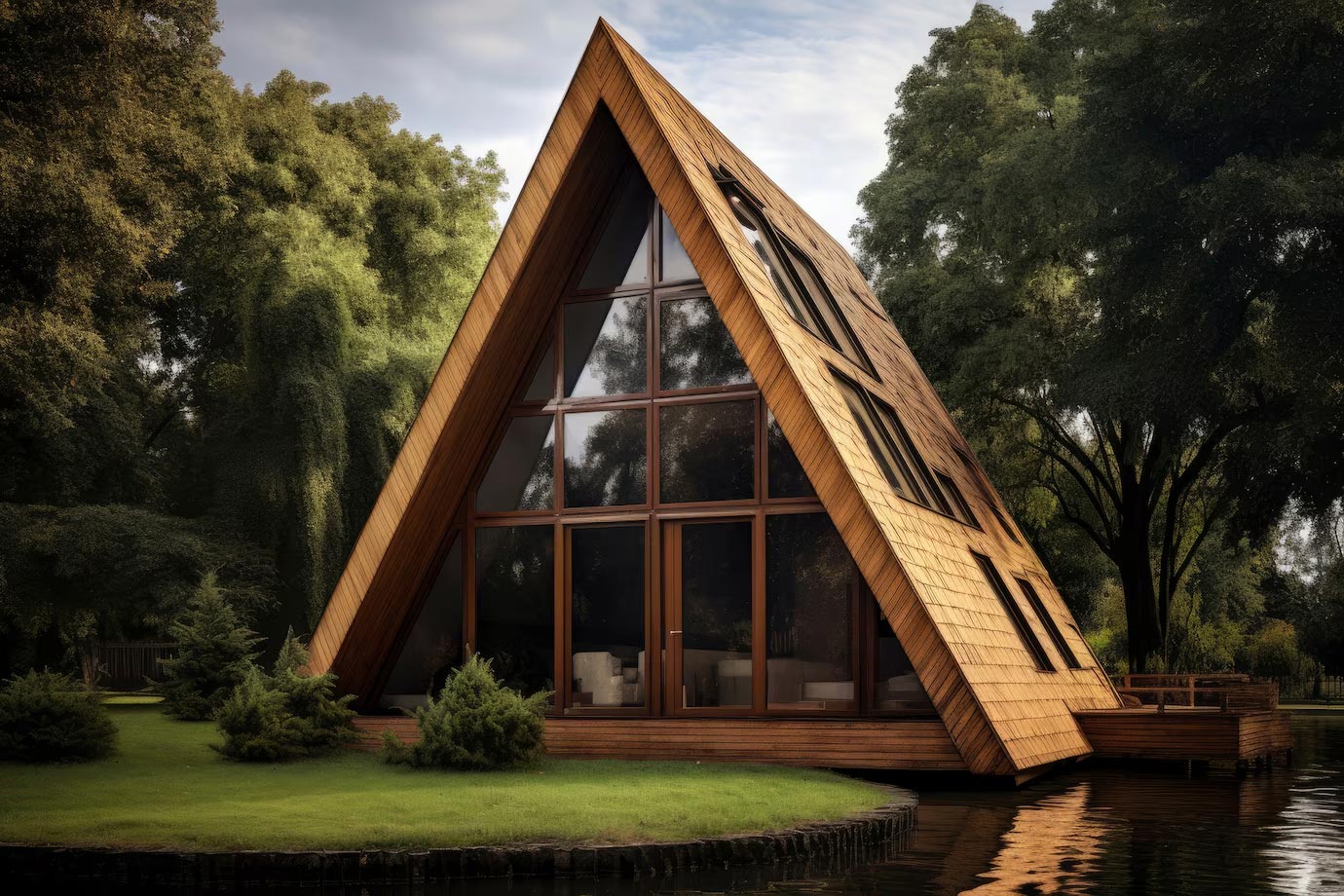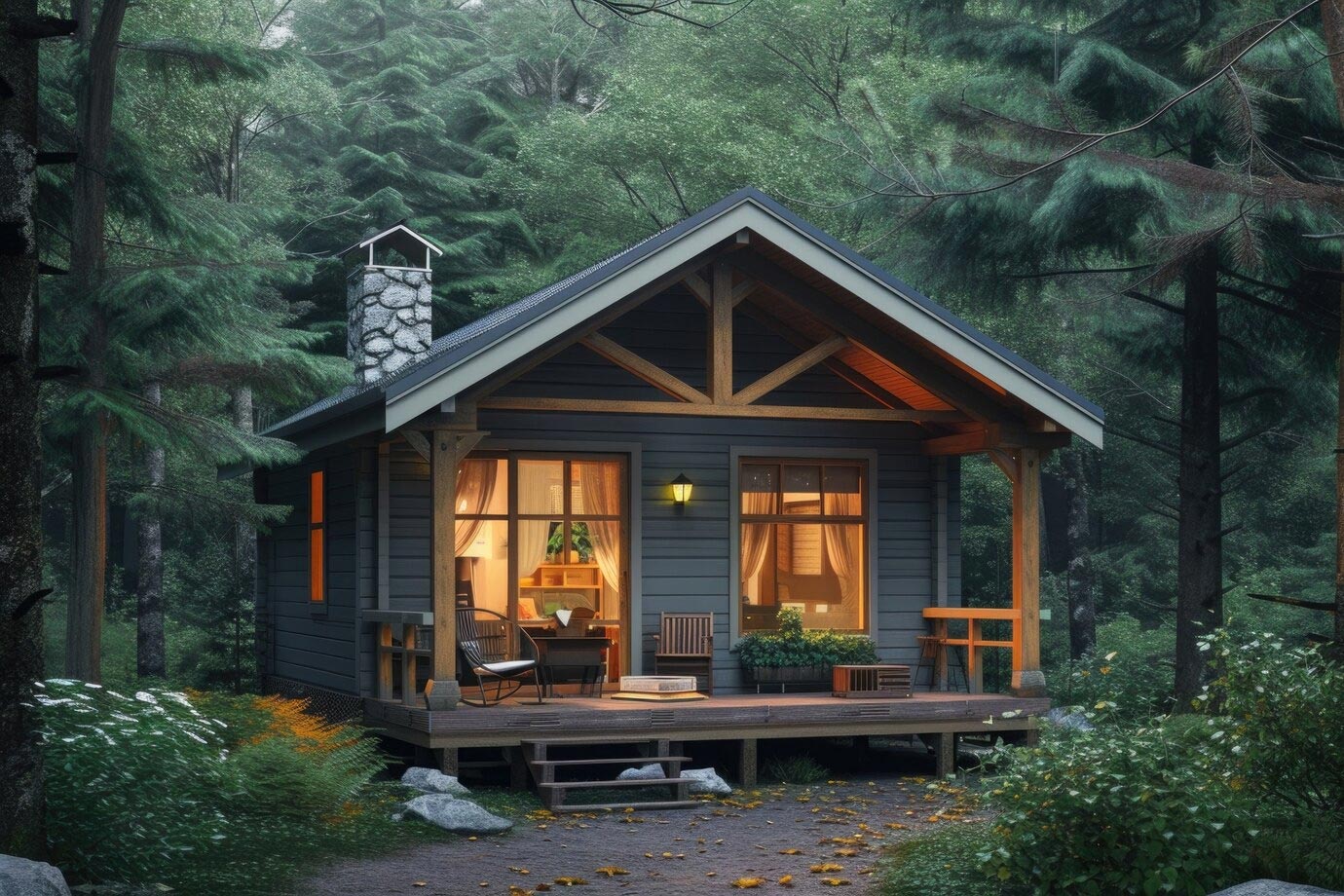The concept of cabin height is crucial in the design and functionality of various types of cabins, from those found in vehicles, such as airplanes and cars, to those in structures like homes and recreational lodges. Cabin height is the interior vertical measurement from the floor to the highest point of the cabin’s ceiling. It is a critical factor impacting the comfort, safety, and usability of a cabin’s interior space.
In the context of aircraft, cabin height can affect passenger comfort, especially on long flights. A higher cabin allows for more headroom, which can improve the overall sense of space and comfort. It can also facilitate easier movement for passengers and crew, reducing the cramped feeling often associated with air travel. Furthermore, in aircraft design, cabin height is balanced with aerodynamic efficiency and structural integrity.
In automobiles, cabin height is referred to as headroom and is a vital aspect of vehicle interior design. It affects not only comfort but also the ease of entry and exit from the vehicle. Taller cabin heights can make a vehicle feel more spacious, which is particularly valued in markets where larger vehicles are favored. However, increased cabin height can also affect the vehicle’s center of gravity and aerodynamics, potentially impacting fuel efficiency and handling.
In architecture, the height of cabin-style homes can vary significantly depending on the design, purpose, and location. For instance, cabins used as retreats in hot climates might feature higher ceilings to help facilitate better air circulation, keeping the interior cooler. Conversely, in colder regions, lower ceilings might be preferable as they help retain heat, increasing energy efficiency.
The measurement of cabin height can also influence the design and selection of interior furnishings and fittings. In spaces with limited cabin height, furniture and decor need to be chosen with careful consideration of scale and proportion to avoid overwhelming the space. Lighting fixtures, storage units, and even the color schemes are influenced by the height of the cabin, as these elements can help create the illusion of space in smaller cabins.
In conclusion, cabin height is a multifaceted aspect that plays a significant role in the design and functionality of spaces across various industries. Whether maximizing comfort in transportation or optimizing living spaces in homes, understanding and effectively utilizing cabin height is essential for designers, engineers, and architects. This vertical dimension not only influences technical specifications and aesthetic choices but also significantly affects the user’s experience and satisfaction.


Leave a Reply